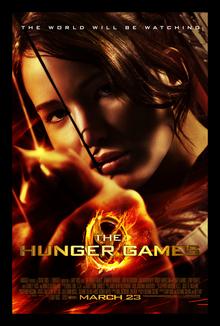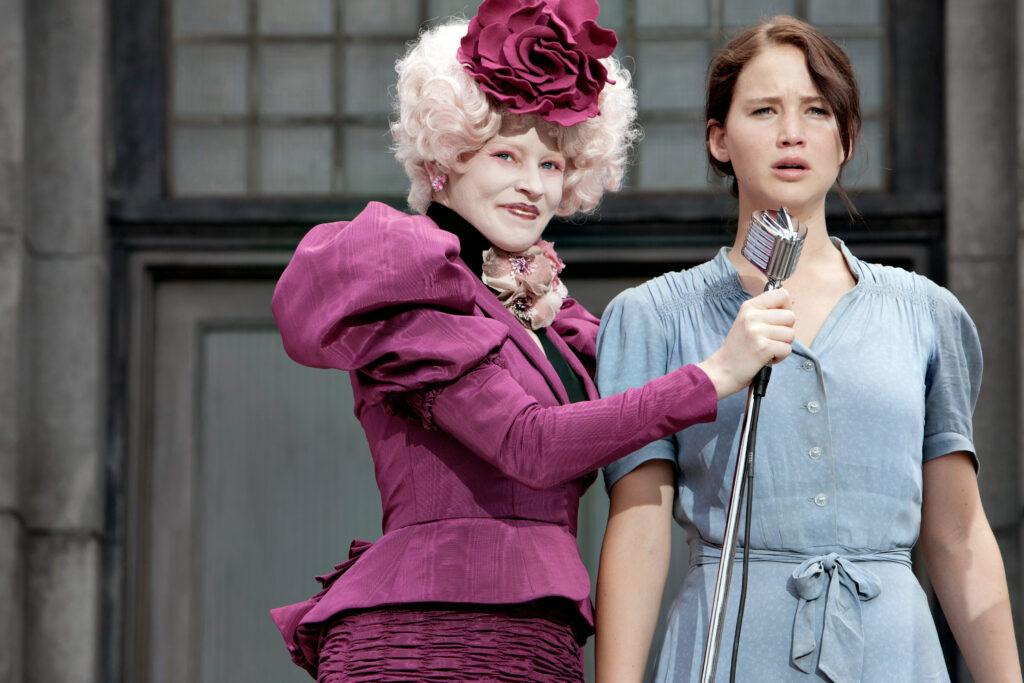The Hunger Games trilogy, penned by Suzanne Collins, has captivated millions of readers worldwide since its debut in 2008. The series, set in a dystopian future, centers around the brutal annual event where children are forced to fight to the death, a narrative choice that has sparked considerable debate. As the books were primarily marketed as young adult (YA) fiction, they naturally invite scrutiny regarding their suitability for this demographic. This raises an essential question: Is the level of violence depicted in The Hunger Games too intense for it to be classified as YA fiction? This article seeks to explore the nuances of this question, examining the thematic intentions of the author, the reception among young readers, and the broader implications for the genre. By delving into these aspects, we aim to provide a comprehensive analysis of whether The Hunger Games‘ portrayal of violence aligns with the conventions and expectations of YA literature.
Examining the Themes of Violence in The Hunger Games
When discussing the portrayal of violence in Suzanne Collins’ The Hunger Games, it is essential to consider how it serves as a vehicle for exploring deeper societal themes. The series presents violence not merely for shock value but as a commentary on power dynamics, societal control, and the desensitization of audiences. Power and Control are central to the narrative, with the Capitol using the games as a tool to enforce their dominance over the districts. This theme is intricately woven into the fabric of the story, illustrating how violence is used as a means to maintain authority and suppress dissent.
Furthermore, the series prompts readers to reflect on the desensitization to violence. The spectators in Panem, much like viewers of reality TV today, become numb to the brutality they witness. This theme challenges readers to consider their own consumption of media violence and its impact on society. The books also delve into the moral implications faced by the characters, particularly Katniss, who grapples with the ethical dilemmas of participating in the games. These elements invite a critical examination of how violence is depicted and its broader implications, making the series a complex and thought-provoking addition to young adult fiction.
Analyzing the Impact of Graphic Content on Young Readers
When evaluating the effect of graphic content in The Hunger Games on young readers, it is essential to consider the psychological and emotional development of adolescents. This popular series features intense scenes of violence and survival, prompting a critical examination of its classification as Young Adult (YA) fiction. Some argue that exposure to such content may desensitize young readers to violence, potentially influencing their perceptions of conflict resolution and empathy. Others, however, contend that the series offers valuable lessons on resilience and courage in the face of adversity.
- Character Development: The protagonist, Katniss Everdeen, is depicted navigating a world rife with brutality, which may serve as a mirror for young readers to explore complex moral dilemmas.
- Societal Reflection: The narrative invites readers to question the societal norms and power structures that perpetuate violence, providing a platform for critical discussion.
- Emotional Impact: While the series can be emotionally taxing, it also encourages empathy and understanding by illustrating the human cost of violence.
Ultimately, the impact of graphic content in The Hunger Games is multifaceted, with potential both for harm and for fostering critical thinking. The key lies in contextualizing the violence within the broader narrative and providing guidance for young readers to process the themes constructively.

Balancing Entertainment and Ethical Concerns in YA Literature
In the realm of Young Adult literature, authors often grapple with the challenge of presenting engaging narratives while maintaining sensitivity to their audience’s developmental stage. “The Hunger Games” by Suzanne Collins is a prime example of this balancing act, drawing both praise and criticism for its depiction of violence. Some argue that the book’s portrayal of children in lethal competition is too intense for younger readers, potentially desensitizing them to violence. However, others contend that the series uses its graphic content as a tool for exploring complex themes such as totalitarianism, survival, and moral ambiguity, which can offer valuable lessons to its readers.
- Ethical Concerns: Critics worry about the impact of the book’s violent content on impressionable minds, questioning if the line between entertainment and exploitation has been blurred.
- Educational Value: Supporters argue that the dystopian setting serves as a cautionary tale, encouraging critical thinking about society and governance.
- Target Audience: While categorized as YA, the series’ themes may resonate differently depending on the reader’s maturity level, suggesting a need for guidance when introduced to younger audiences.

Recommendations for Educators and Parents on Navigating Violent Content
When considering whether The Hunger Games is suitable for young adult audiences, educators and parents can adopt several strategies to ensure a balanced approach. Engagement and open dialogue are essential. Encourage students and children to express their thoughts and feelings about the book’s themes, fostering a safe space for discussion. By doing so, you can better understand their perspectives and address any concerns about the violent content.
- Contextualize the Violence: Discuss the reasons behind the violence in the story, helping young readers to see it as a critique of societal issues rather than gratuitous.
- Focus on Themes: Highlight the broader themes such as resilience, sacrifice, and the struggle for justice, which can offer valuable lessons and insights.
- Set Boundaries: Clearly outline what is appropriate for individual readers based on their maturity and sensitivity levels.
- Alternative Media: Suggest exploring adaptations, such as films or graphic novels, which might present the story differently and spark further conversation.
Ultimately, the goal is to ensure that the experience of reading The Hunger Games is enriching and thought-provoking, rather than unsettling or distressing.
